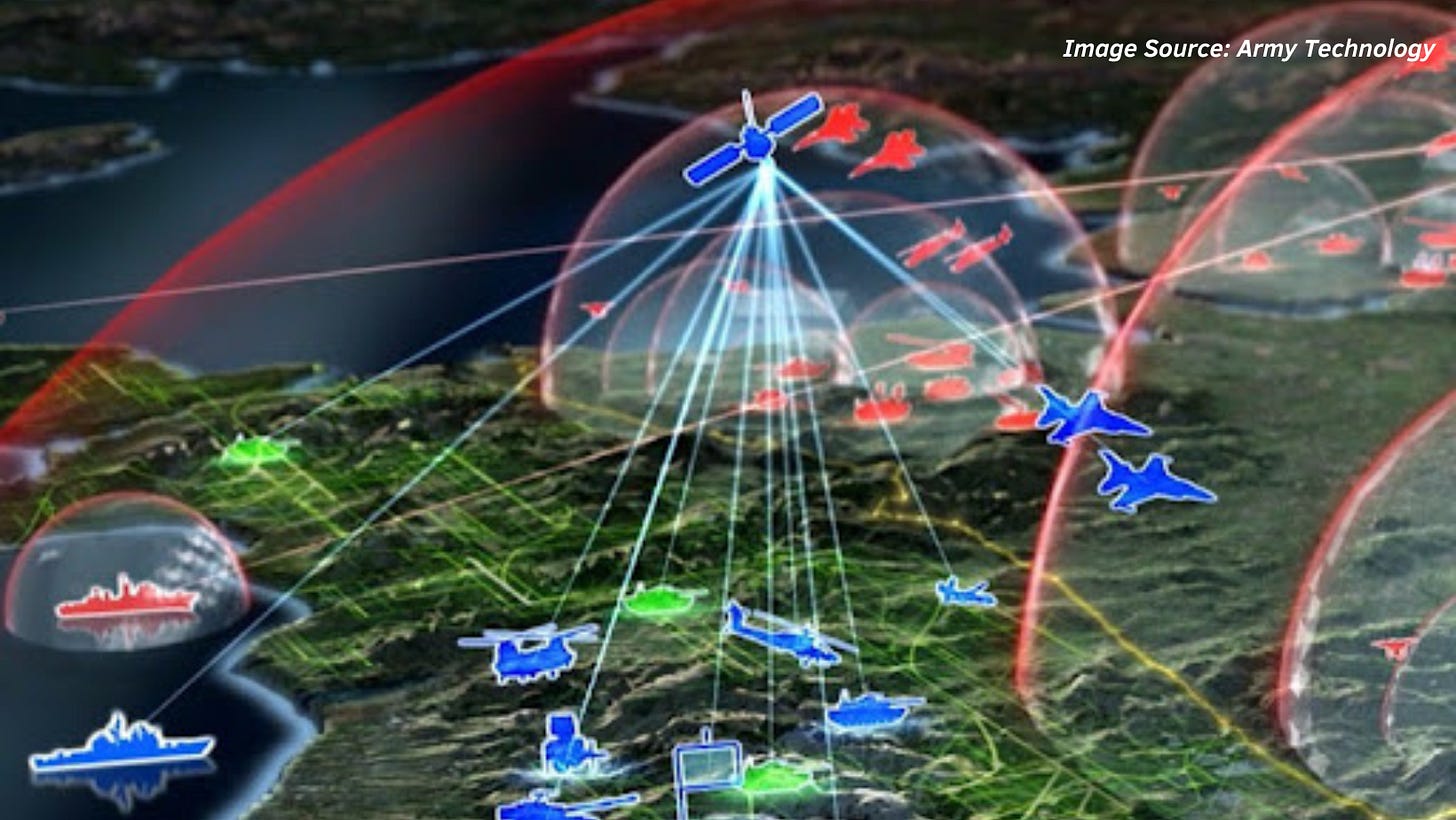Multi-Domain Integration and Dual-Use Technology Companies
European and NATO policy documents for 2023–2025 emphasize a rapid transformation of defence capabilities across all domains. Central to this shift is multi-domain integration (MDO), whereby land, maritime, air, cyber and space assets are networked in real time through resilient, interoperable communications and software-defined architectures. NATO’s Digital Transformation Implementation Strategy – endorsed by Alliance leaders in Vilnius 2023 – explicitly aims “to enhance multi-domain operations, drive interoperability across all domains, and strengthen situational awareness”. Likewise, NATO’s new Data Strategy for the Alliance (May 2025) mandates common data governance and reference architectures to make the Alliance “data centric” and support seamless information sharing. In practice, this is leading to investments in a NATO Digital Backbone (NDBB), secure cloud/edge infrastructures (the “Allied Cloud and Edge” or ACE initiative), 5G/6G mobile networks and satellite links to interconnect sensors and shooters. A recent NATO cloud conference noted that 22 Allies signed a Washington 2024 letter of intent to procure an Alliance-wide classified cloud/edge capability (ACE), underscoring the priority given to secure, cross-domain networking. Industrial sectors involved include telecommunications equipment (e.g. Ericsson, Nokia 6G R&D), cloud/IT service providers (e.g. AWS, Azure, IBM), and defence-communications firms (e.g. Thales, Leonardo) developing “NATO-by-design” software. Emerging companies in this area include NATO-funded ventures such as CamGraPhIC (graphene photonics for low-latency links) and quantum-encryption start-ups. Private-edge computing firms (e.g. those building ruggedized edge AI servers) and startups in data fusion and sensor networking also stand to gain. Overall, MDO integration will drive demand for dual-use capabilities (software-defined radios, AI-enabled C4ISR, secure data fabrics), making investments in edge computing and networking infrastructure attractive. These efforts are consistently supported by NATO’s digital transformation policy and by EU readiness plans which link cyber, space and communications as “contested domains” requiring joint systems.




